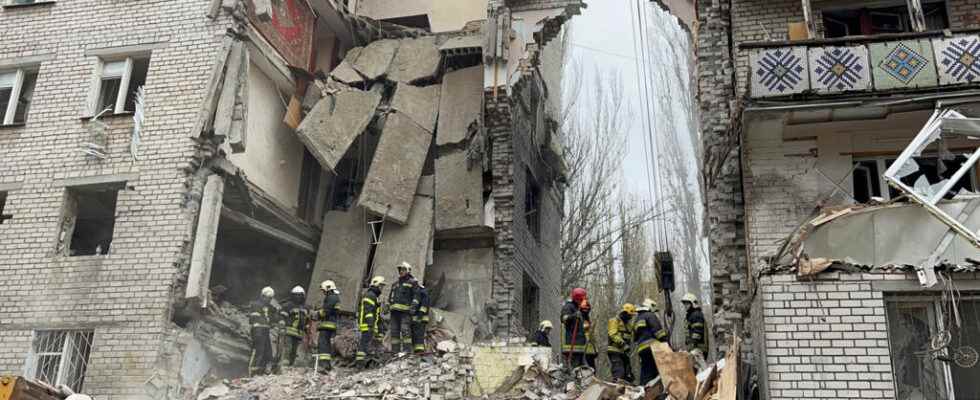Architect, urban planner, Martin Duplantier chairs the AMO association (Architecture and contracting authority). He has been very attached to Ukraine since 2014 where he teaches in various schools of architecture. In the aftermath of the war, he put together a team of French and Ukrainian professionals (refugees and on the spot), in order to take stock of the destruction caused by the Russian offensive. The objective: to design the Ukrainian city of tomorrow and raise funds to rebuild the country. Martin Duplantier answers questions from Sigrid Azeroual.
RFI: You formed a team of French and Ukrainian architects to think about the reconstruction of Ukraine. What is the inventory of the site to be carried out?
Martin Duplantier: The construction site is enormous. And in daily evolution since, again this night (night of December 12 to 13), the Russians bombarded the Dnieper oblast, so we can clearly see that it is a gigantic task that awaits us. We are trying to understand the extent of the damage and obviously with different Ukraines. There are cities like Izium that have been besieged and whose historic city core is completely damaged, or cities like Lviv that have very little damage, except to the energy infrastructure.
Today, what is the urgency ? And what can we concretely achieve when the country is still at war and destruction is daily?
In all major wars, whether World War I or World War II, reconstruction plans have always preceded the end of hostilities. In 1915, plans were already being made to rebuild Belgian cities and France followed suit the following year.
The time of the city is the long time, so it takes time to reflect, to know how, how to remake the city on the city, and we can’t wait for the potential armistice to think about it.
It is always necessary to think in the longer term, and in particular with regard to habitat and housing. To the east, for example, you have cities without a window that doesn’t fit, so there we are in the order of repair, but really very urgently to get through the winter.
The question then really arises of knowing how to rebuild, and what is ultimately the Ukrainian city of the 21st century that the Ukrainians want to develop.
How do you think about the reconstruction of a city? Should we rebuild identically or make new plans?
The temptation of the identical, of excessive standardization is very strong, because it is an easy solution. This is what the Soviets did.
In the Ukrainian context, it is important to think about the country’s energy independence, particularly in relation to its Russian neighbour, and the way in which this tragedy can be used as a lever for future development for the country, a lever , employment, a lever for a carbon-free economy.
This refers to an ecology, to a sobriety also of materials. To know how we use both human and natural resources that are those of Ukraine, that is to say the use of biosourced materials and the reuse of ruins, buildings.
A number of Western European companies are capable of transferring technology to help Ukraine become a laboratory for the city of the 21st century.
What about heritage? How do we rebuild it?
The heritage, already, we protect it, because it is partially demolished in places. And this partially demolished can become totally demolished, if a winter like the one that is coming damages existing structures.
So the first thing to do is to shelter, by installing roofs, temporary coverings, what can still be sheltered. Then, we can put around the table sharp expertise on the reconstruction of this heritage which can be done on the pre-existing model. We can also recreate a new architecture where history is integrated. These are two different approaches. It is a decision to be taken by the local inhabitants, by the local decision-makers. Our role is to help them become aware of the importance of their heritage and of the fact that one cannot look to the future without one’s roots.
